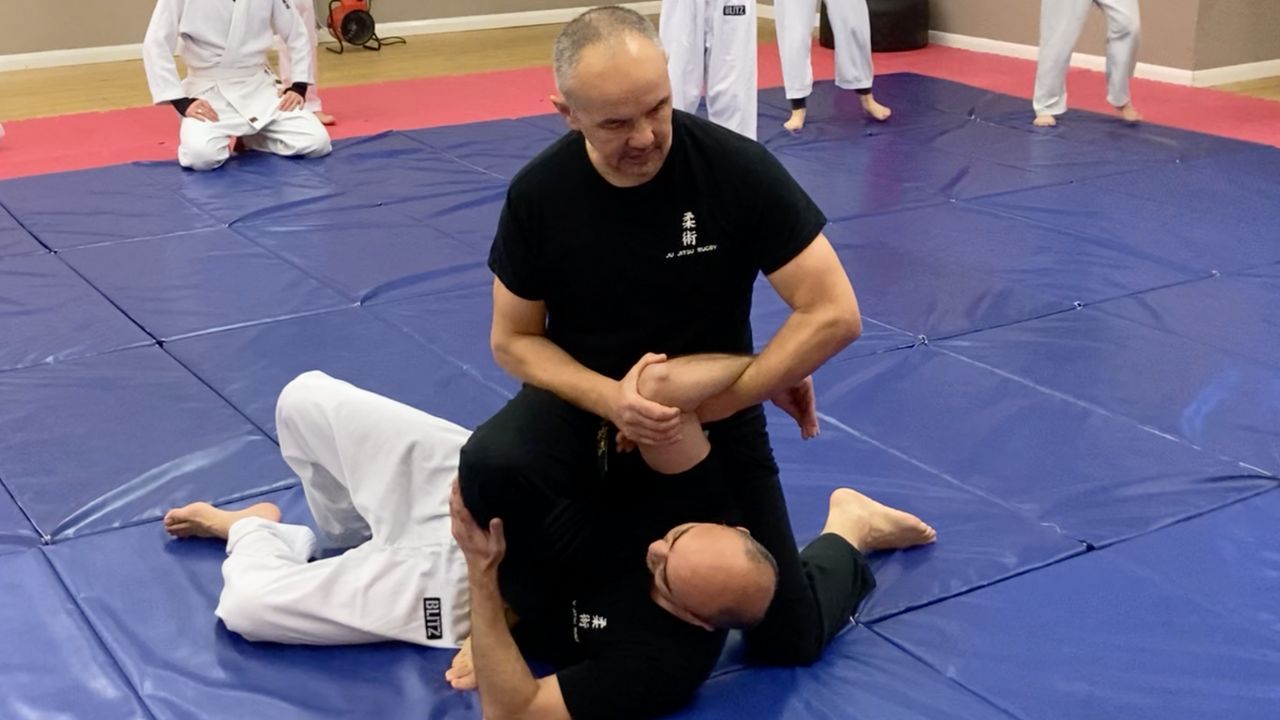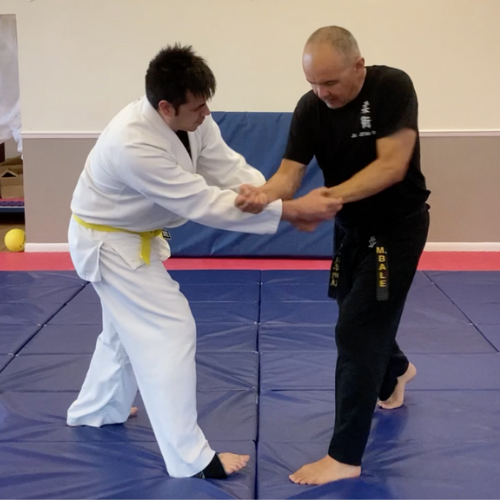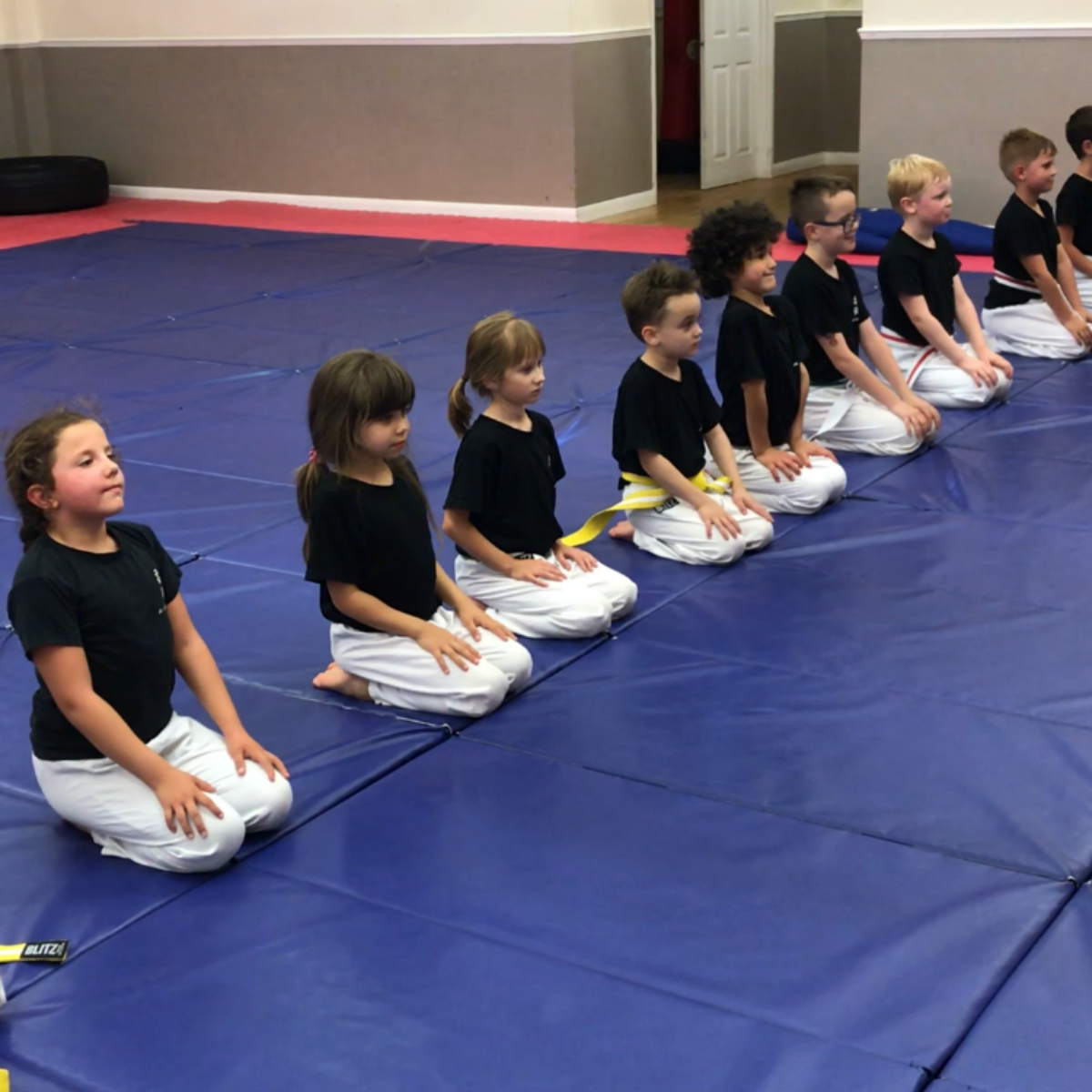Ju Jitsu: Unveiling the Rich History and Origins of a Martial Art
- By Sensei Malcolm Bale
- •
- 02 Jul, 2023
- •
Ju Jitsu, an ancient martial art and self-defence system

Ju Jitsu holds a captivating history that traces back to feudal Japan. Rooted in the teachings of the samurai warriors, Ju Jitsu, also spelled Jujitsu or Jiu-Jitsu, emerged as a comprehensive combat system for unarmed encounters in situations where traditional weapons were unavailable or impractical.
During the feudal era, Ju Jitsu flourished as a cornerstone of the samurai's martial training. It seamlessly blended with the martial traditions and combat strategies prevalent among these skilled warriors. The art was developed based on principles of leverage, balance, and efficient movements, enabling practitioners to overcome opponents in close-quarters combat.
In the realm of traditional Japanese martial arts, Ju Jitsu stood alongside disciplines such as Kenjutsu (swordsmanship) and Sojutsu (spear fighting). It complemented the samurai's expertise in weapon-based combat, serving as an essential component of their martial repertoire.
What set Ju Jitsu apart was its versatility and adaptability. The art encompassed a wide array of techniques, including strikes, joint locks, throws, and grappling maneuvers. By mastering these techniques, practitioners acquired the skills to effectively control or incapacitate opponents, regardless of their size or strength.
As the feudal era waned, Ju Jitsu faced a decline in its practice. The Meiji era brought significant changes, including the decline of the samurai class. However, Ju Jitsu's legacy endured thanks to the dedication of practitioners and instructors who recognized its historical significance and sought to preserve its teachings.
In the 20th century, Ju Jitsu gained international recognition and popularity. The art crossed borders and oceans, captivating audiences worldwide. The Western world was introduced to Ju Jitsu through demonstrations and exhibitions, inspiring the establishment of Ju Jitsu schools and organizations beyond Japan's shores.
In the process of spreading across the globe, Ju Jitsu underwent modernization and integration. It assimilated elements from other martial arts and self-defense systems, drawing inspiration from disciplines like wrestling, judo, and striking arts. This evolution ensured the art remained relevant and applicable to the needs and interests of modern practitioners.
One notable branch that emerged from traditional Ju Jitsu is Brazilian Jiu-Jitsu (BJJ). Developed by the Gracie family in Brazil, BJJ further emphasized ground fighting and submissions, evolving into a prominent martial art and sport on its own.
Today, Ju Jitsu continues to thrive as a global martial art, practiced and taught for various purposes. It offers not only an effective means of self-defense but also a comprehensive system for personal growth and development. Ju Jitsu embodies principles of discipline, respect, and humility, fostering not only physical prowess but also mental resilience and a sense of harmony with oneself and others.
By exploring the history and origins of Ju Jitsu, we gain a deeper appreciation for its traditional roots and the profound impact it has had on martial arts worldwide. From its humble beginnings in feudal Japan to its modern-day global reach, Ju Jitsu stands as a testament to the enduring legacy of the samurai warriors and their indomitable spirit.



